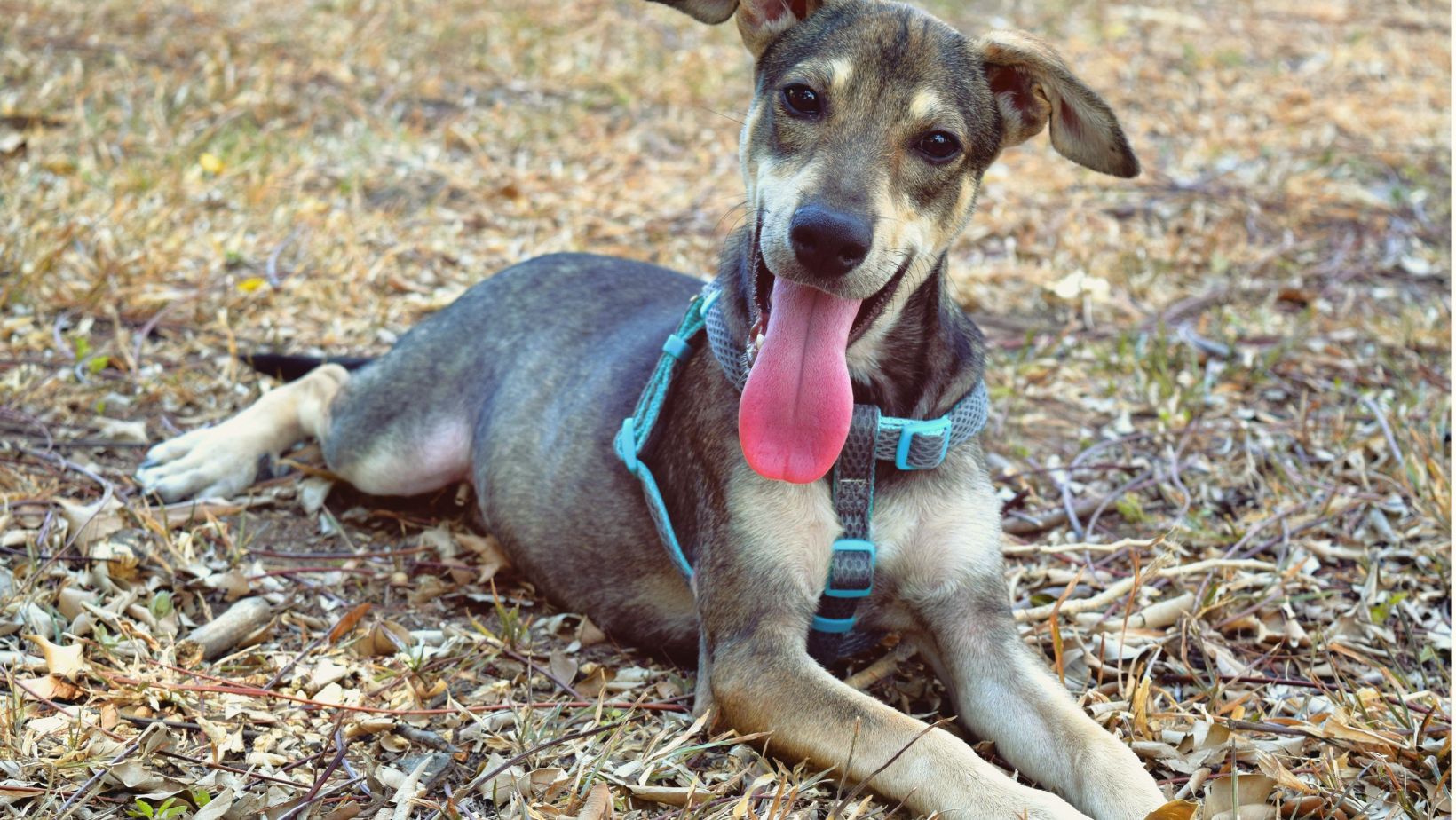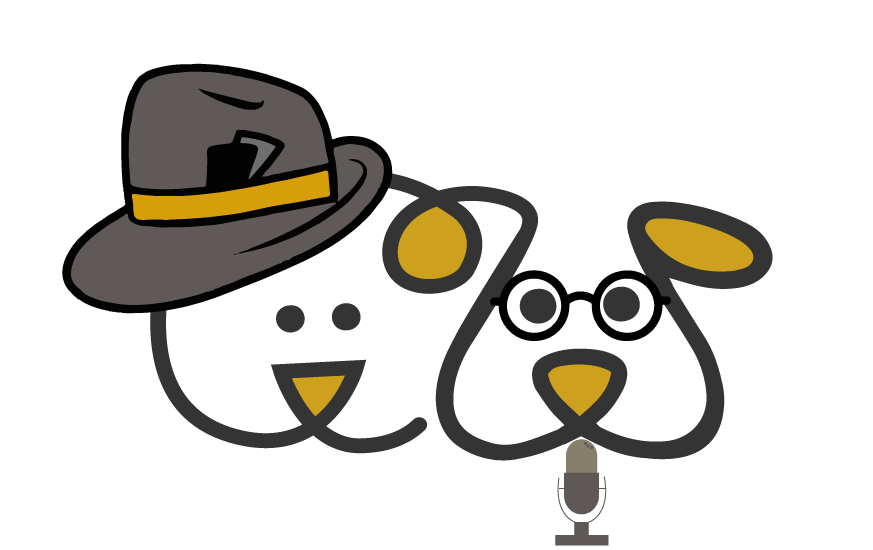How to do PR for your animal shelter?
If you’re helping an animal shelter get some buzz, this episode is for you. This week, Mary and Alex welcome Sarah Bhimani, the strategic communications manager at Animal Humane Society in Golden Valley, Minnesota, one of the largest private shelters in the U.S. Sarah shares her experiences managing public relations and internal communications for this influential organization. From addressing PR challenges to fostering community engagement, Sarah offers practical advice and valuable strategies for nonprofit organizations looking to amplify their message, advocate for animals, and drive action.

And if you can’t listen to this episode, here is a recap!
Sarah: I’m Sarah Bhimani. I’m the Strategic Communications Manager at Animal Humane Society. I’ve been at Animal Humane Society for just over five years now, and my primary focus is internal communications and supporting our PR work. Animal Humane Society is one of the largest animal welfare organizations in the Midwest, and we help over 11,000 animals through our shelter every year. Plus, thousands more through our programs and services that we offer to the community. So we’re more than just a shelter. We are really focused on keeping people and pets together too, so that we offer low-cost vet care. We have a really robust outreach program. We have education programs, training programs. We do humane investigations. So we have our hands in a lot of different areas in animal welfare here in Minnesota.
Mary: So Sarah and I go way back. I used to work at the Animal Humane Society as well. I was her boss at one point, but she was always bossed me around. That’s kind of the way it goes, right, Alex? It’s the same way with you. I kind of have this like, this hands-off mentality when it comes to management, because I think people should shine, and that’s a perfect way.
Alex: What PR challenges do you face in advocating for animals in adoption initiatives?
Sarah: Yeah, I would say, so there’s kind of two big challenges that come to mind for me. So the first one is probably universal for any industry, and that’s just breaking through the noise, right? People are bombarded with information all the time. There’s so much going on locally, nationally, globally. And while a lot of people love animals, and many of our stories are feel-good type stories that can actually kind of help balance that negative news cycle, it can also be really hard, I think, for local news outlets to just find the space to share what we have to say, right? If it comes down to it and there’s so much happening that they have to communicate to the public, ours is probably one of the first things to get cut in their line up. So I would say that’s the first challenge is just like getting our message out there.
Sarah: The second challenge, I would say, specific to Animal Humane Society is that we just do so much in the animal welfare space that it’s sometimes hard to cohesively explain all that we do to the public in a way that resonates with them and that they remember. So a lot of people know us for animal adoption. We’ve been doing that for decades and decades. But like I said, we do so much more than that now around keeping people and pets together. So, you know, from the low-cost vet care training classes, education, so it can be really hard to adequately explain that to people when you only have like a three minute TV segment, right? So what happens is we end up focusing on one aspect of our work in these different segments, and then people might see one or they might see two, but they don’t see all of them. So they don’t get this comprehensive view of what all we do in animal welfare.
Alex: How do you decide which aspect to highlight?
Sarah: So it kind of depends on what’s happening, right? So if we have a brand new program, we’re going to promote that, of course. And that kind of makes it newsworthy because it’s new. If there is some sort of national observance going on, for example, Domestic Violence Awareness Month, we have a temporary pet housing program that helps people fleeing domestic violence and other situations. And so that would be a good opportunity for us to talk about our temporary pet housing program in October, because there’s a time-based relevancy there. Other times, if there’s a deadline coming up, if we have an event where people have to purchase tickets, that makes it timely. So just looking at what’s going on in the world and what makes this relevant for sharing right now.
Mary: So you’ve been there now five years. How has your approach to PR evolved?
Sarah: I think actually one way that we’ve evolved is really our process on the backend and with how we interact with our marketing team and specifically. So when I first started, the marketing team was very siloed and the PR team was very siloed, and we didn’t really coordinate our messaging very well. So we would be off in PR talking about one thing, and the marketing team would be posting on social media about something totally different. So over the years, I feel like we’ve been able to break down those silos a little bit and one simple step we took was having our PR person sit in on standing monthly marketing meetings that our marketing team has with the different departments across AHS. So not only does this let the PR team mine stories from different areas of our organization, but it also helps keep us in the loop with what’s going on on the marketing side, so that we can plan our efforts more proactively, and hopefully, by coordinating those efforts, we’re hitting people with the messages, not just in TV media or print media, but also on social media, also on our website, also in email, so that not everybody’s going to see a segment on WCCO, but they might see that segment being shared on social media the day after
